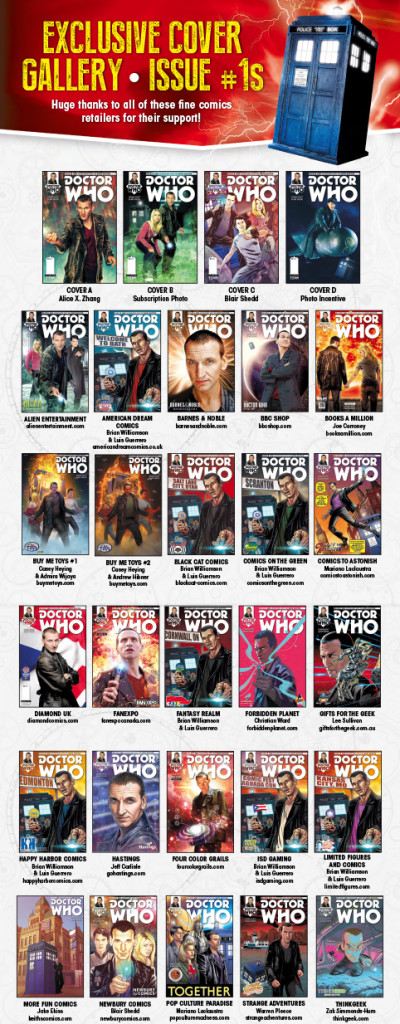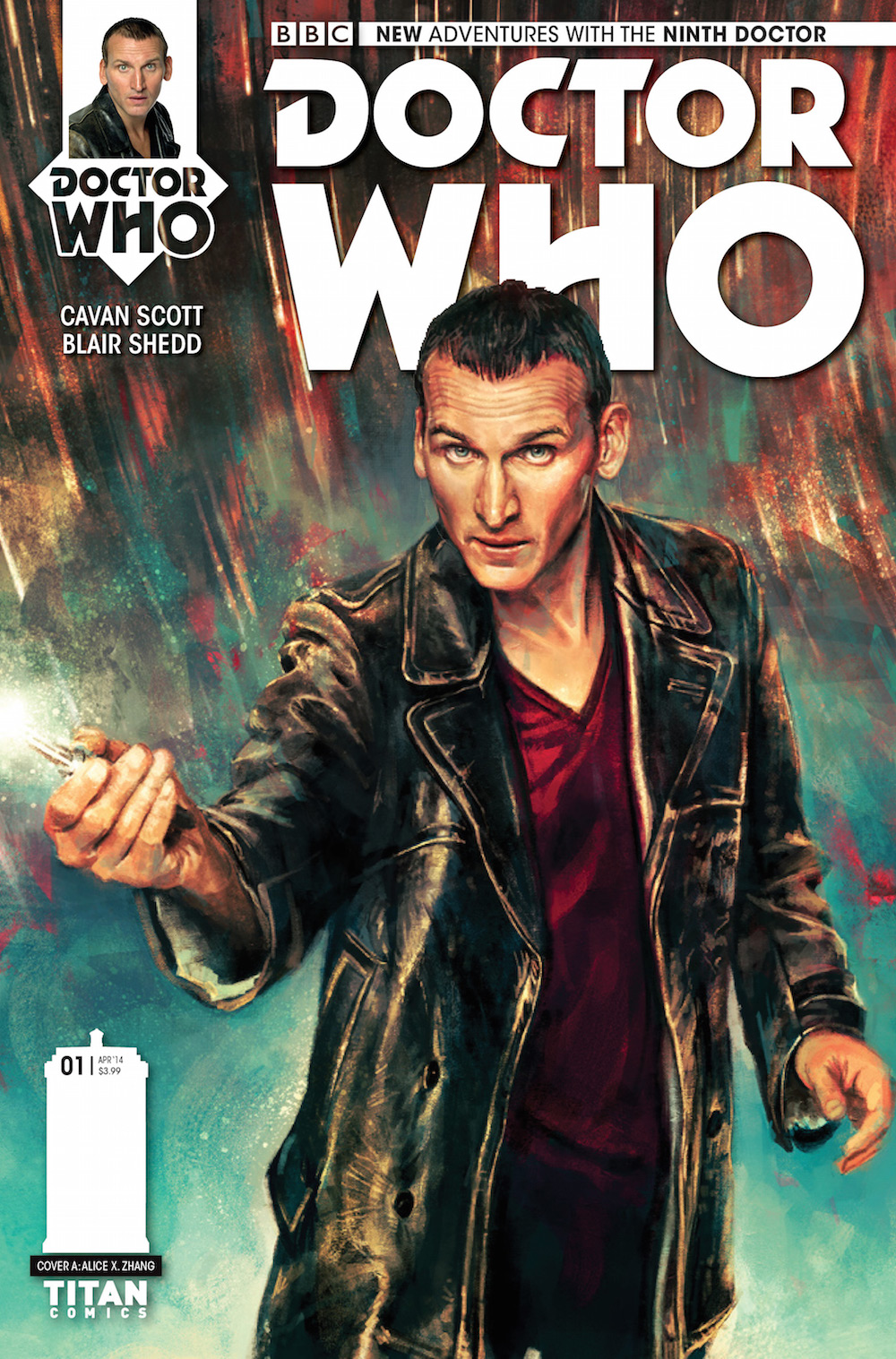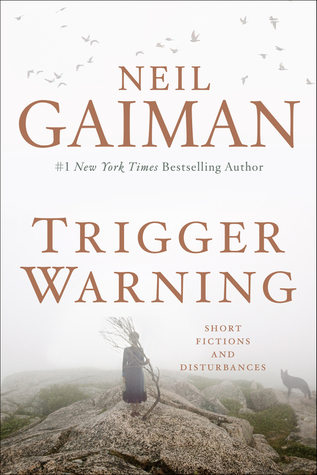Completing the modern run of Doctors with their fourth title, Titan Comics has launched Doctor Who: The Ninth Doctor #1. This one’s a miniseries, five issues, written by Cavan Scott and drawn by Blair Shedd.
So they can include the popular companions Rose and Captain Jack, the story “Weapons of Past Destruction” is set just after the two pick up the captain in the World War II-set TV story “The Doctor Dances”. The TV episodes moved quickly past the trio, but the comic allows for more adventures with the fan-favorite characters.

Cover by Alice X. Zhang
Unfortunately, the emphasis on well-known characters leads to the comic’s biggest flaw: an emphasis on likeness over storytelling. The faces are faithful to Christopher Eccleston, Billie Piper, and John Barrowman, but the figures are stiff and demonstrate what I’m guessing is an over-reliance on photo reference, since sometimes the heads don’t quite match the bodies. You can see what I mean in this page:

Typical of other Doctor Who stories, the adventure starts when the Doctor tries to take his companions to a particular planet only to find space rubble. They find themselves in the middle of a war between two various alien races, neither of which are very distinguishable.
The character voices aren’t particularly distinctive, and the events move slowly. Since comic readers are most likely aware of a number of Doctor Who stories already, I’d rather see less leisurely pacing. I also found an in-story cliffhanger, with Rose almost sucked into space, overly familiar of both her second episode and the end of her time with the Tenth Doctor. Instead of being evocative or pleasantly reminiscent, it felt to me like a shortcut, like someone trying to make his story seem more important than it is by calling back to better stories.
Although much anticipated, The Ninth Doctor is easily the worst of the Doctor Who comics. It’s not fun to read, and it doesn’t feel right. Typical of comic publishers over the past couple of years, there are also a ridiculous number of variant covers, with four main and 25 store versions, as shown here:















